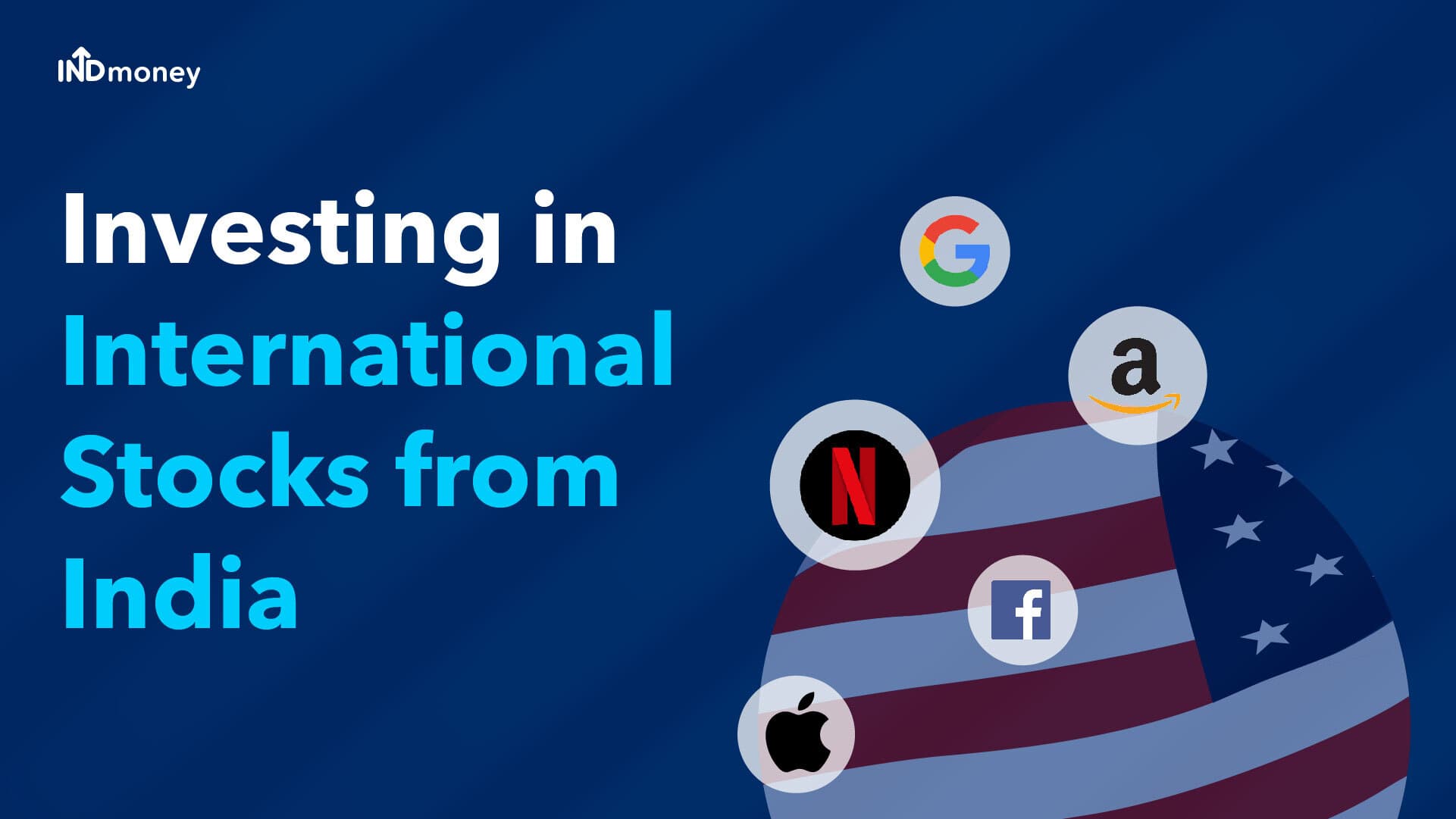
Traders who want to make a living through foreign currency exchange must first learn the basics of currency trading, including the different trading strategies and tools. They need to understand the market and how it works. This is where fundamental analysis and technical analyses come in. These techniques teach you about price action, support and resistance levels, and chart patterns.
Forex Trading Basics
Forex is a term that describes the foreign exchange market. It involves buying and trading currencies. This market is large and liquid and requires little investment. You can buy one type of currency at a given price and then trade it for another one at a different price depending on how much you need.
The foreign market is composed of two parts, the spot market and forward market. The spot market is the largest. In the spot market, traders trade currency pairs with each other to speculate about future price movements. Traders purchase long positions when base currency value rises, and sell short positions if base currency value falls. The smallest change in the exchange rate is known as a pip. A pip can be described as 0.0001 of the base currencies for most currency pairs.

As with any trading endeavor, there are risks and rewards. It is important to remember that you are a small fish in a big pond full of skilled professionals. It is crucial to guard yourself from misleading information and scams.
Forex trading can be risky
Forex trading can be fraught with risks. One of the greatest risks in forex trading is the possibility of losing money. This can happen if you don't follow certain rules. One of the best ways to minimize these risks is to make sure that you are dealing with a licensed broker.
There is also the risk of losing all your investment. This is especially true when currency markets are volatile. Trader with large positions might suffer greater losses that they would under normal conditions. These are the reasons why it is important to be careful about how large your positions are and not trade too often. Forex trading is risky even if your trading plan is perfect.
The risk of losing money in forex trading can be reduced by using a risk management strategy. This is achieved by understanding and limiting the risk associated with various currency pairings. This means that you must have a solid knowledge of currency trading.

Forex trading can be learned online through courses
One of the best ways to learn about the forex market is to sign up for an online course. These courses are meant to give newbies a solid understanding of the currency markets. These courses will cover the history and the various currencies, as well as how to trade them.
For forex trading success, it is worth enrolling in a course with a seasoned instructor. These individuals are often available on social media websites like Linkedin. The best courses offer you actionable content and strategies as well as savings on broker registration.
Online courses that teach forex trading are available for beginners and advanced traders. Many of these courses may be taken online. They offer webinars as well as live sessions. They also offer ongoing mentorship to help you become successful in the forex market. These courses cost approximately $50-$200 per month.
FAQ
How can people lose their money in the stock exchange?
The stock market does not allow you to make money by selling high or buying low. It's a place where you lose money by buying high and selling low.
The stock market is an arena for people who are willing to take on risks. They would like to purchase stocks at low prices, and then sell them at higher prices.
They are hoping to benefit from the market's downs and ups. They could lose their entire investment if they fail to be vigilant.
What is the difference in the stock and securities markets?
The securities market is the whole group of companies that are listed on any exchange for trading shares. This includes stocks, options, futures, and other financial instruments. Stock markets are typically divided into primary and secondary categories. Large exchanges like the NYSE (New York Stock Exchange), or NASDAQ (National Association of Securities Dealers Automated Quotations), are primary stock markets. Secondary stock markets allow investors to trade privately on smaller exchanges. These include OTC Bulletin Board, Pink Sheets and Nasdaq SmallCap market.
Stock markets are important as they allow people to trade shares of businesses and buy or sell them. Their value is determined by the price at which shares can be traded. The company will issue new shares to the general population when it goes public. These shares are issued to investors who receive dividends. Dividends are payments that a corporation makes to shareholders.
Stock markets not only provide a marketplace for buyers and sellers but also act as a tool to promote corporate governance. Boards of Directors are elected by shareholders and oversee management. Boards make sure managers follow ethical business practices. If the board is unable to fulfill its duties, the government could replace it.
How are shares prices determined?
Investors decide the share price. They are looking to return their investment. They want to make a profit from the company. So they purchase shares at a set price. The investor will make more profit if shares go up. If the share price goes down, the investor will lose money.
An investor's main objective is to make as many dollars as possible. This is why they invest into companies. It allows them to make a lot.
How are securities traded
The stock market allows investors to buy shares of companies and receive money. Investors can purchase shares of companies to raise capital. Investors then sell these shares back to the company when they decide to profit from owning the company's assets.
Supply and demand determine the price stocks trade on open markets. When there are fewer buyers than sellers, the price goes up; when there are more buyers than sellers, the prices go down.
There are two ways to trade stocks.
-
Directly from the company
-
Through a broker
Stock marketable security or not?
Stock is an investment vehicle where you can buy shares of companies to make money. This can be done through a brokerage firm that helps you buy stocks and bonds.
Direct investments in stocks and mutual funds are also possible. There are more than 50 000 mutual fund options.
There is one major difference between the two: how you make money. Direct investments are income earned from dividends paid to the company. Stock trading involves actually trading stocks and bonds in order for profits.
In both cases, ownership is purchased in a corporation or company. If you buy a part of a business, you become a shareholder. You receive dividends depending on the company's earnings.
Stock trading allows you to either short-sell or borrow stock in the hope that its price will drop below your cost. Or you can hold on to the stock long-term, hoping it increases in value.
There are three types for stock trades. They are called, put and exchange-traded. Call and put options allow you to purchase or sell a stock at a fixed price within a time limit. ETFs, which track a collection of stocks, are very similar to mutual funds.
Stock trading is very popular because it allows investors to participate in the growth of a company without having to manage day-to-day operations.
Stock trading is not easy. It requires careful planning and research. But it can yield great returns. This career path requires you to understand the basics of finance, accounting and economics.
What role does the Securities and Exchange Commission play?
Securities exchanges, broker-dealers and investment companies are all regulated by the SEC. It enforces federal securities laws.
Statistics
- For instance, an individual or entity that owns 100,000 shares of a company with one million outstanding shares would have a 10% ownership stake. (investopedia.com)
- The S&P 500 has grown about 10.5% per year since its establishment in the 1920s. (investopedia.com)
- Our focus on Main Street investors reflects the fact that American households own $38 trillion worth of equities, more than 59 percent of the U.S. equity market either directly or indirectly through mutual funds, retirement accounts, and other investments. (sec.gov)
- Individuals with very limited financial experience are either terrified by horror stories of average investors losing 50% of their portfolio value or are beguiled by "hot tips" that bear the promise of huge rewards but seldom pay off. (investopedia.com)
External Links
How To
How to make a trading plan
A trading plan helps you manage your money effectively. It helps you identify your financial goals and how much you have.
Before you create a trading program, consider your goals. You might want to save money, earn income, or spend less. You might want to invest your money in shares and bonds if it's saving you money. You can save interest by buying a house or opening a savings account. Maybe you'd rather spend less and go on holiday, or buy something nice.
Once you have an idea of your goals for your money, you can calculate how much money you will need to get there. This depends on where you live and whether you have any debts or loans. It is also important to calculate how much you earn each week (or month). Your income is the net amount of money you make after paying taxes.
Next, you will need to have enough money saved to pay for your expenses. These expenses include bills, rent and food as well as travel costs. Your monthly spending includes all these items.
Finally, figure out what amount you have left over at month's end. That's your net disposable income.
Now you've got everything you need to work out how to use your money most efficiently.
Download one online to get started. You can also ask an expert in investing to help you build one.
Here's an example of a simple Excel spreadsheet that you can open in Microsoft Excel.
This is a summary of all your income so far. This includes your current bank balance, as well an investment portfolio.
Here's another example. This one was designed by a financial planner.
It will allow you to calculate the risk that you are able to afford.
Remember, you can't predict the future. Instead, think about how you can make your money work for you today.